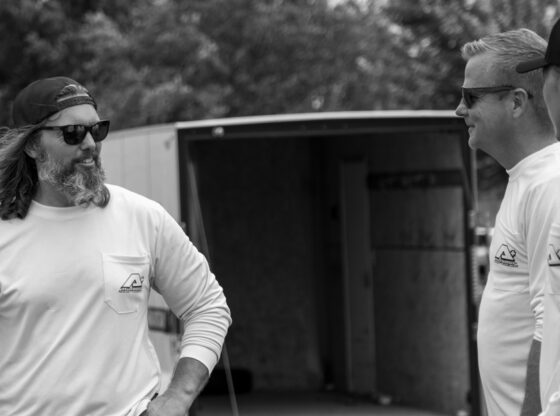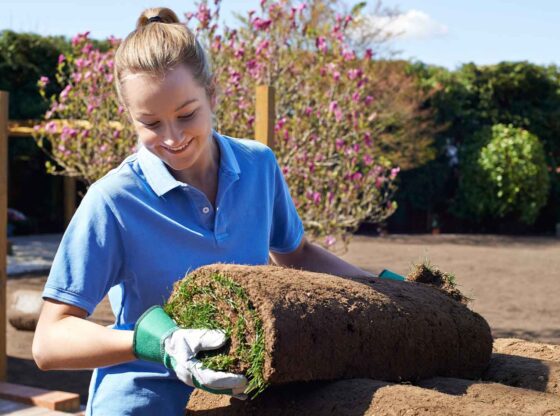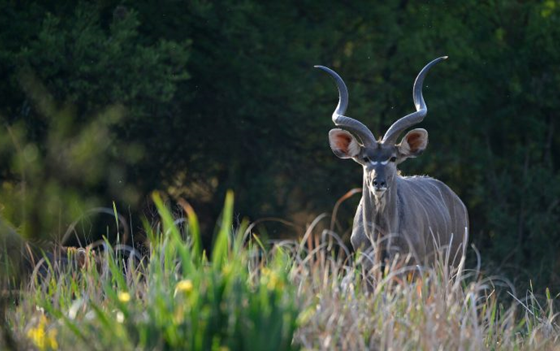Water proof connectors are an essential component of any good lighting system. Connections are the most vulnerable points for moisture entry so it’s important to make sure you use connectors designed for direct bury and outdoor use.
UL 486D is one of the more rigorous testing standards that a low volt connector can be subjected. But, some excellent connectors are not UL listed because their manufacturers have chosen not to invest the time or money in pursuing it. It is important to seek out and use water proof connector(s) that you find work best for your needs.
There are many connectors to choose from: twist-on, two-piece, brass lug with a screw-on cap, barrel-lug with heat shrink, etc. Although, the key requirement is that whatever you use must keep water and moisture out. Electricity travels on the outside of the copper strands, and if it corrodes due to poor connections then it will increase voltage drop and possibly fail altogether.
In addition to silicone or grease-filled connectors, it’s important to size and install connectors properly. Confirm what gauge and how many wires will fit inside a particular connector – it’s written on the package.
Key things to remember
- Do not pre-twist wire in a twist-on connector – you risk shearing off copper strands by over-twisting.
- Trim appropriate length of jacket off of wire depending on connector used.
- Do not re-use silicone or grease-filled connectors.
- When using heat shrink start heating the material from the center and work to each end.
- Do not allow bare copper to be exposed outside or below a connector.
- Good wire connectors do not need to be taped.
- It’s a good practice to apply strain-relief to wire connections (zip ties, etc.) to prevent wires from being pulled apart and out of their connectors.












